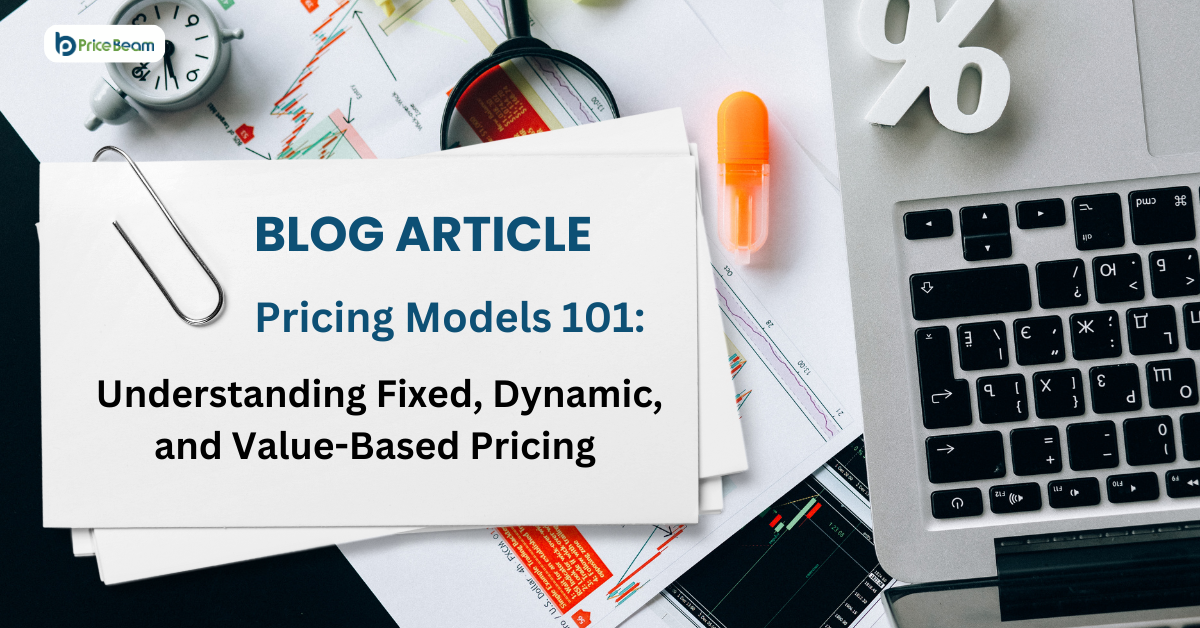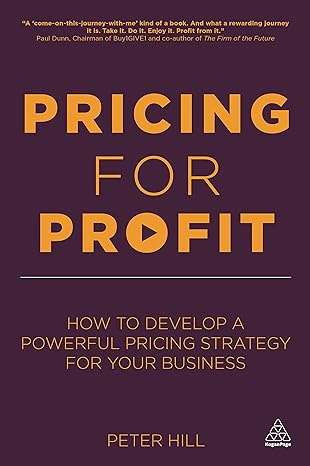Penetration Pricing: A Fatal Pricing Strategy
 PriceBeam
·
2 minute read
PriceBeam
·
2 minute read

A penetration pricing strategy refers to setting a low initial price to quickly gain market share in the launch stage, initiate word of mouth marketing, and gain economies of scale. Traditionally, the goal with this strategy was to increase prices eventually, however, in recent years it has become increasingly normal to stick with the low price as Silicon Valley unicorns get billion-dollar valuations despite consistently losing money every single year. We don't want to get into the debate of whether these valuations are justified or not, however, despite it seems to make sense for some companies (such as Spotify, Uber etc.) to stick with a low-price penetration strategy, for most companies this is not the case -- history shows several examples of companies that went terribly wrong with a penetration pricing strategy.
One popular example is the company that launched the first-ever portable bar code reader. They knew they offered additional value compared to the stationary bar code reader as companies would save some time -- they set the price a bit higher, but still kept it low to penetrate the market and gain a solid customer base. However, not only did companies save time -- the portable bar code reader revolutionized the entire supply chain, and the firm was outrun by demand. Consequently, new entrants started accommodating this demand, and due to the attractiveness of the market (there was so much unrealized profit potential), the number of new entrants would intensify the price competition, leaving little scope for price increases. McKinsey & Co estimates that this penetration pricing strategy cost the industry more than $1bn in profits.
Launching at an extremely low price is rarely a good idea -- while you tell yourself that you will increase prices later, the longer you stick with a low price, the harder it gets. A penetration pricing strategy will inevitably create a price anchor (that is, a bench mark customers compare a price increase to), and moreover, it creates an obscured perception of your reference profit. Your reference profit is, in other words, the profit that your customer think you ought to be making -- they are humans too, and understand that firms need to make some profit. If you charge a consistently low price in the launch stage (such as Spotify has done), customers will think that the current prices leaves you with an acceptable profit that is enough for you to get by -- but as is often the case with penetration pricing, this leaves little or no profit (or even losses as with Spotify). Consequently, when prices are increased later on, customers will think you are becoming greedy and be reluctant to buy your products -- even if this is not the case.
The first price you set will haunt you and your product long after the launch stage -- make sure to get it right as increasing it later on will be difficult.
.png?width=400&height=100&name=PBLogoTransparent%20(1).png)




